
Flowers give joy, have a wonderful aroma and come in such a wide variety of sizes, shapes, and colors. Each person can choose the varieties that suit them and decorate their surroundings with them. Whether indoors or in the garden, flowers add a lot of color and rich beauty, and can also make the simplest space warm and inviting.
Instead of purchasing a new and expensive bouquet every week, you can grow the flowers you love at home and enjoy their beauty and tending to every day. In the following guide, you will find all the tools and instructions you need to help you decide which types of flowers to choose and how to tend to each one.
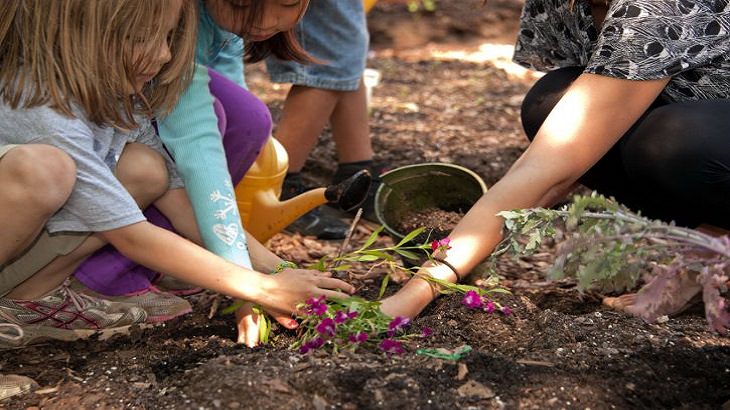
• The space - When it comes to growing flowers, it is important that you know in advance where you plan on planting them, since each flower requires different growth conditions and there are differences between the manner of growing flowers in the house, in a flower pot on your balcony, or in the garden. In addition, decide on the size of the place to be planted and choose the number of varieties and the size of the flowers accordingly. Finally, it is important to check how much sunlight the designated area gets. Is it fully lit, partially lit or shady? Different flowers need to be exposed to different degrees of sun to grow and blossom.
• Annual or perennial - flowers are divided into two main groups; Annual flowers with a single reproduction cycle that bloom once, multiply and at the end of the year die, and perennial flowers which have more than one breeding cycle and can live between a few years and thousands of years. When picking a flower, it is important that you know which type you prefer; While annual flowers bloom longer (usually from spring to autumn), perennial flowers suffer fewer diseases, often require less water and are less expensive to maintain, as they do not have to be replaced every year. The ideal solution in most cases will be to combine the two types of flowers so you can get the best of both worlds.
• Plant resistance – resistance is only taken into consideration when deciding on annual flowers and refers to their resistance to cold. Some flowers are resistant to cold, meaning they can survive in cold conditions and then bloom again. Semi-resistant flowers can survive in cold and wet weather but are likely to be severely damaged and even die in cold weather. The third group is of sensitive flowers, which need warm soil in order to grow properly and are not resistant to cold. Therefore, when choosing a flower, check its resistance and consider your living environment and the time of the year you want the flower to bloom.
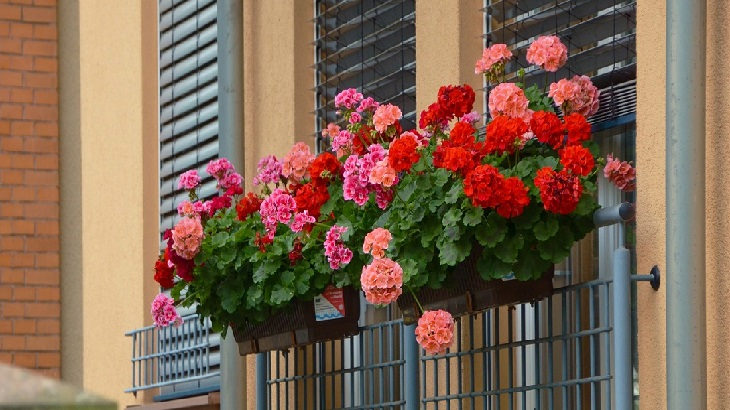
Jasmine is a perennial flower with a wonderful fragrance known for its many health benefits; among other things, it is found that jasmine calms nerves, increases libido and helps fight cancer. There are many species of jasmine intended for ornamental cultivation and even for growing tea leaves, and it is suitable for growing in the house or garden and can even move between them according to the season. The germination process of jasmine begins 30-60 days after planting.
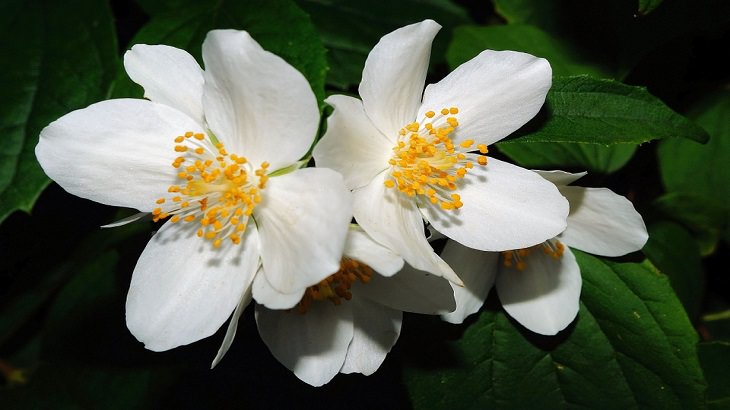
When to plant: Between the end of autumn and the beginning of spring.
How to plant and fertilize: To grow jasmine in your home you can choose one of two options: The first option is to grow from seeds. The seeds need to be covered in dirt with a lot of fertilizer and put on the windowsill or in a partially lit area in the garden. The second and more recommended option is to use a 6-inch long jasmine branch, which is to be planted in a planter in the house at the beginning of the summer when the flowers begin to bloom, they should be transferred to a balcony or garden.
How much sun: The jasmine needs partial sun and it is recommended to plant it in a warm, semi-shaded place.
How to water: The jasmine flower enjoys moist soil, but it is important not to flood it. For this reason, it’s best to water it 2-3 times a week during the summer. In winter it is recommended to water as needed, touch the soil around the flower and water only when dry.
The iris is a perennial flower named after Iris, who was the rainbow goddess in Greek mythology. There are over 300 species of irises. The iris grows in a wide range of colors and is weather resistant, especially beautiful and comfortable for home growing. The germination process of the iris begins 3-4 months after sowing.
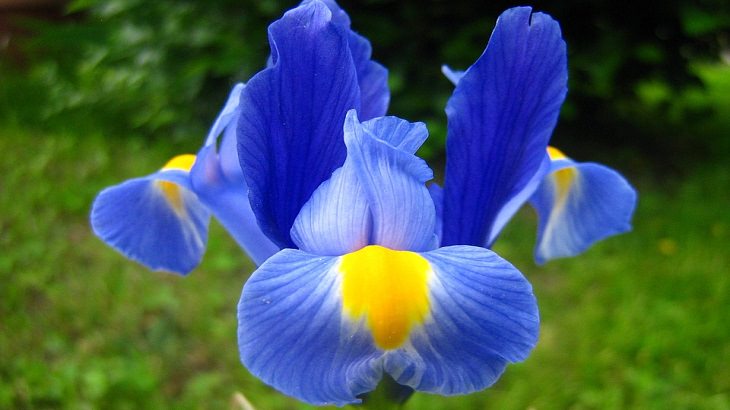
When to plant: Anytime between autumn and early spring.
How to plant and fertilize: It is recommended to use iris bulbs and not seeds. The bulbs should be soaked in water for a period of two days to two weeks before planting, and then planted in a planter filled with a rich organic manure mixture or in soil mixed with a gradually releasing organic fertilizer. It is recommended to plant the bulbs 20 inches apart and make sure that the roots of the flower are completely covered with soil.
How much sun: The iris needs partial exposure to the sun, so it’s best to plant it in a place where it’ll be in the sun for about half a day.
How to water: The iris needs to be watered once a week, in the morning with 2 inches of water.
The carnation is a wonderful flower that will add stunning colors to your garden with its charming petals. Its botanical name is Dianthus, which means "the divine flower," and it is no wonder that many of its 300 species are grown for decorative purposes. Carnations are very suitable for growing both in the garden and in planters and its rapid germination process begins only 5-7 days after sowing.
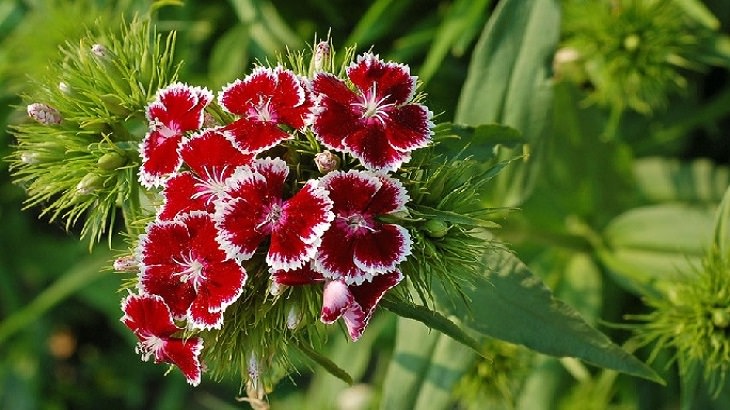
When to plant: towards the end of winter, when there is no danger of a frost.
How to plant and fertilize: The carnation’s seeds should be planted in soil mixed with organic manure. Carnations need moist soil but not soaked, so make sure there are drainage holes in the planters that will allow the water to drain easily if you choose to grow the flowers indoors. The seeds should be placed slightly below the ground and kept at a distance of 12 inches between each flower. Carnations are resistant to most diseases and do not need to be treated and fertilized frequently, so it is convenient for home growing.
How much sun: carnations need full sun and bloom especially during the summer.
How to water: At the initial stage it is advisable to water carnations with a little water between 3-4 times a week. After the flower begins to bloom, it is possible to move to 2 waterings a week, but it is important to use enough water to keep the soil moist.
The rose is a very common perennial flower that men all over the world give to their partners as a gesture of love. Roses bloom in dozens of different colors and shades, the main ones being red, pink, orange and white, and when properly treated they can bloom for many years. You can plant rose seeds that will bloom after about 5 months, and another possibility is planting roses that have already blossomed. Roses are suitable for growing in the garden or in planters.

When to plant: In the spring or autumn months.
How to plant and fertilize: Dig a hole in the soil and mix it with organic manure and special fertilizer for roses (found in every nursery). Then plant the seeds or the roots of the flower at a depth of about 1 inch below the ground (there is no difference when planting in a planter), and keep a spacing of at least 24 inches between each seed or flower. In the spring months, it is recommended to prune the roses gently and remove sick or dead flowers in order to prevent the transmission of diseases between them and other plants.
How much sun: Roses need 5-6 hours of sun a day so it is best to plant them in a semi-shaded area so they can get the light they need without drying out.
How to water: Avoid frequently watering the roses with a small amount of water, doing this does not allow liquids to reach the root, and also encourages the development of fungi on the flower. The correct way to water it is wetting the soil till it’s really drenched in water but not soaked (avoid flooding). It is recommended to water this plant twice a week.
Dahlia is a type of perennial flower originating in Mexico, and it also serves as the national flower of the country. Some species are edible and some claim that their taste is similar to that of a Jerusalem artichoke. The Dahlia flower has a wide range of shapes, sizes and vibrant colors that can bloom throughout the summer and fall, as long as you give them the right treatment. The Dahlia flower is suitable for home growing and especially for growing in the garden, and its germination process begins only 5-10 days after sowing.

When to plant: in the spring and early summer.
How to plant and fertilize: Select a well-lit but not so windy area and check that the temperature of the ground is at least 60 degrees. Place the seeds in moist soil (the water should be well drained), add fertilizer around the seeds and keep a distance of 8-12 inches between each flower. After the flowers begin to bloom, it is recommended to fertilize the soil with a liquid fertilizer with a low amount of nitrogen every 3-4 weeks, from mid-summer to early fall.
How much sun: full sun.
How to water: Dahlias needs moist soil but may rot in flooded soil, so it is recommended to use sprinklers to water them. Watering should last for half an hour at a time, 2-3 times a week.
Hibiscus is the national flower of Hawaii, and worthy of the plant that holds such a title, it adds exotic beauty to any garden and attracts many different songbirds and butterflies. If this is not enough, there are different types of hibiscus which are used to make soothing tea drinks and they can be grown in any home. Most of the hibiscus species are perennials and are especially suitable for growing in a planter. The germination process of the hibiscus begins 14-30 days after sowing.
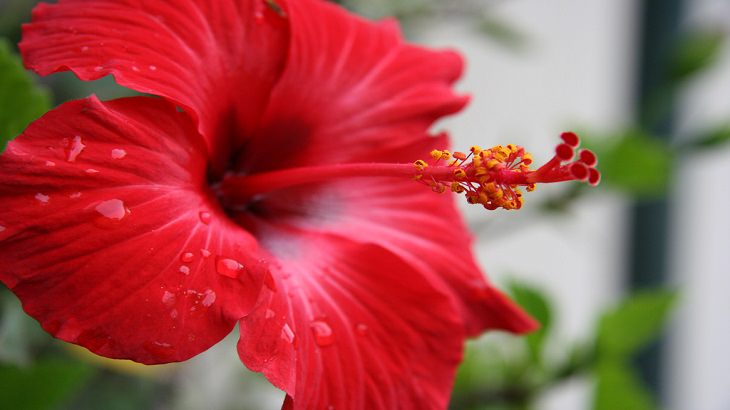
When to plant: The hibiscus enjoys warm weather and therefore it is recommended to plant it in the spring so that it will peak in the summer months.
How to plant and fertilize: The seeds of hibiscus should be soaked in water overnight, and in the morning plant them at a depth of 1 inch below the ground in a well-lit and airy area, with a minimum of 3 ft between each flower. It is recommended to fertilize the hibiscus with liquid fertilizer once a week, or a slow releasing fertilizer once a month. In addition, organic fertilizer rich in potassium can be added to the soil to help the hibiscus grow.
How much sun: Hibiscus love heat and therefore in the spring and summer it can be out in the full sun, but when the weather starts to cool it is recommended to place it in the house.
How to water: During the summer months, be sure to water the hibiscus on a daily basis. In the winter months, only water when the soil is dry, as a lot of watering in the winter can kill it.
The lilac is a plant with purple or white flowers that resemble a heart shape, and its size ranges from large shrubs to trees that can reach a height of 32 feet. In the Victorian era, hidden feelings were expressed through the "language of the flowers," and according to this language, purple lilac flowers symbolize love, while the white flowers symbolize innocence and youth. The lilac flower can bloom for many years and its germination begins 60-90 days after sowing.
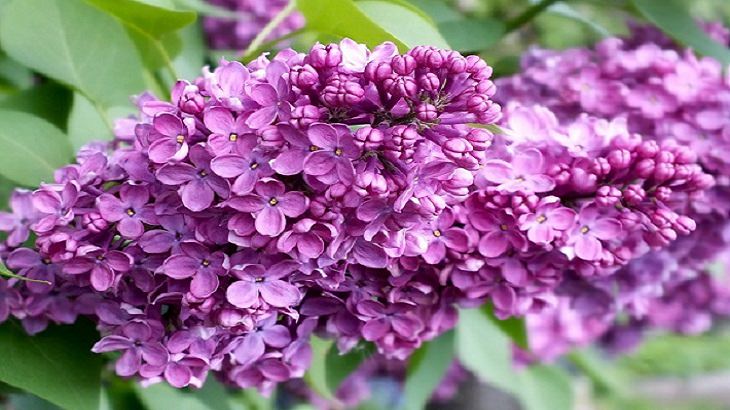
When to plant: in autumn or spring.
How to plant and fertilize: It is not recommended to grow lilacs from seeds, since it will take them between 3-4 years to begin to bloom. Its best to buy a small shrub and plant it in a pot or in your garden, and it is important to fertilize the plant roots when you plant it. It is recommended to keep a distance of about 3 feet from one lilac bush to another and fertilize their soil only in early spring since there is no need to fertilize the rest of the year.
How much sun: Partial to full sun depending on the variety.
How to water: The lilac flower needs moist soil, but not soaked with water, so it is recommended to water it thoroughly once a week. If the soil appears dry or soaked with water, change the frequency of irrigation accordingly.
The poppy is a charming flower species of about 120 varieties, most of which are annual, and come in a myriad of colors, with the "famous" of course, being red. Poppy seeds are used as a spice for baking cakes and various cookies and are rich in magnesium, calcium, iron and many other compounds that contribute to the health of the body. The germination process of most of the varieties species begins only 10-21 days after sowing.
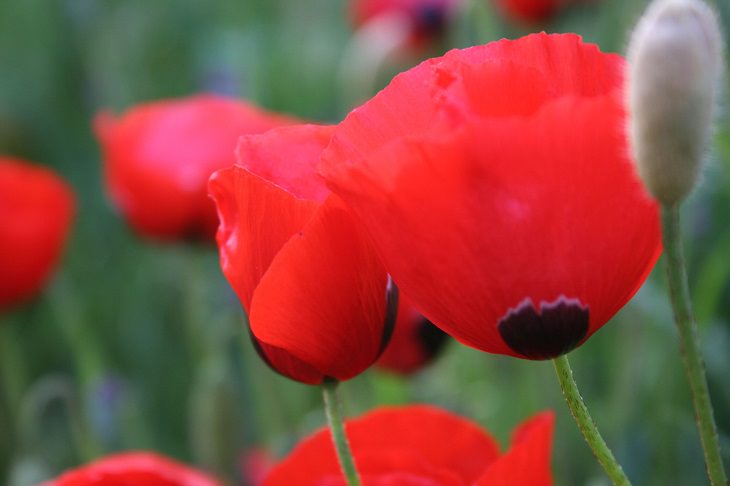
When to plant: In autumn or early spring, it is recommended to plant both and see which group blooms more beautifully.
How to plant and fertilize: Before planting the seeds, mix them with a little sand, dig a small hole and remove small stones that may disturb the roots of the flower. It is important to ensure that the process of adsorption of water in the designated soil does not take more than 4 hours since soil that is too wet will cause the poppy to rot.
How much sun: The poppy needs 6 hours of sun a day, but prefers shade during the afternoon, when the sun is particularly hot.
How to water: The poppy suffers when it receives a large amount of water and therefore it should be watered only as needed. When you feel that the soil is dry, especially during the summer season, water it until the water is absorbed into the ground. Try not to water the flowers in the afternoon, from fear that the leaves will burn in the heat.
Tulips are the national flower of Iran and of Turkey, and they appear prominently in the folk art of these two countries. Most tulips are perennials and can be grown in the garden and in planters. The process of germination of the tulip bulb starts 60-90 days after planting.
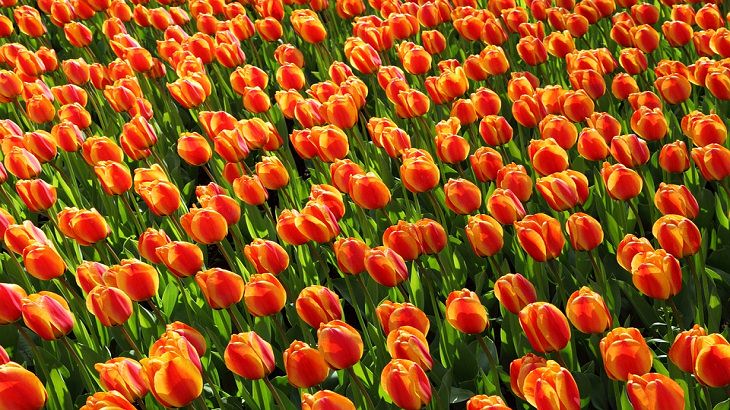
When to plant: the end of autumn.
How to plant and fertilize: tulip seeds will only blossom 5 years after planting, so it is recommended to use bulbs. It is important to know that tulip bulbs are very sensitive and therefore should be kept in a paper bag and in a cool dry place until planting. In order to plant the tulip, a hole must be dug in the soil and the bulb placed in the hole with its pointed head up. Then cover with soil and add fertilizer. The tulips can bloom again and again from the same bulb, and it is best to remove it from the soil once every few years and clean it from unnecessary roots.
How much sun: full sun.
How to water: it is recommended to water the tulip every day in order to maintain the health of the flower.
The Zinnia is an annual flower of the daisy family. It is very easy to grow indoors and outdoors, as it reproduces quickly and reaches its peak of spectacular flowering within just a few weeks. The Zinnia is also the first flower to grow in space after being planted by NASA astronauts on the International Space Station in early 2016. The flowering process begins after 7-10 days of sowing.
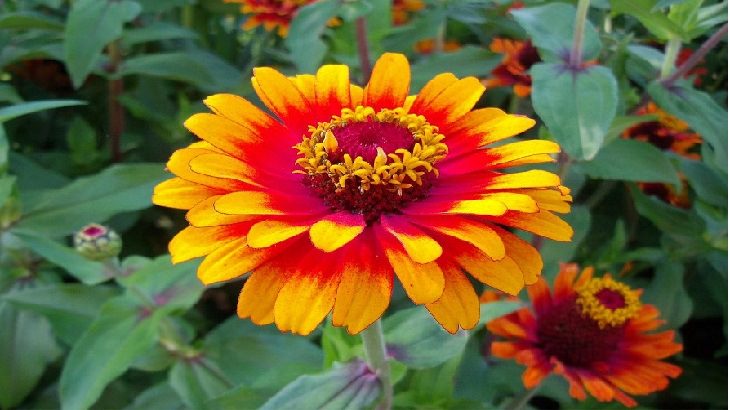
When to plant: Immediately after the last frost, towards the end of winter.
How to plant and fertilize: The seeds of the zinnia should be sprinkled on the ground and covered with a little fertilizer. In the summer it is recommended to grow zinnias in a planter on a windowsill or in the garden, but during the winter it is advisable to bring it into the house because zinnias are sensitive to the cold.
How much sun: full sun.
How to water: In the blossoming stage, make sure to water the zinnias a few times a week, and once the flowers begin to bloom, you can reduce the amount and water once a week with about an inch of water. It is important to prune tired and sick flowers to maintain a fresh and colorful look.
image source: macinate